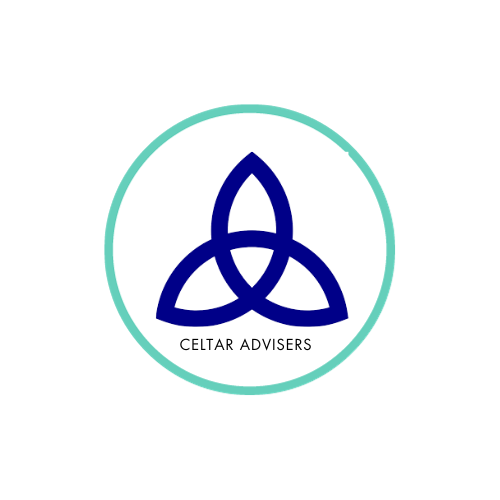PwC innovation study
This article is a companion piece to the ezine Incite no.66 “Increase margins through the application of creativity and innovation.”
Comments are welcome!
In 2000, PricewaterhouseCoopers carried out a major study of innovation. They found that “most companies fail to take advantage of good ideas… the main reason is poor Idea Management”.
Their Innovation Report identifies three main success factors,
-
Leadership & Followership
- Climate & Environment
- Structured Idea Management Process – gathering ideas widely from employees, customers and supply chain partners
The PwC study shows that it is mainly Idea Management activity which sets the most innovative companies apart.
What is the best environment for innovation?
|
The myths |
The facts of successful innovators |
|
|
|
|
|
|
|
|
Do we really need a process?
|
The myths |
The facts of successful innovators |
|
|
|
|
|
|
|
|
Where do ideas come from?
-
46% from customers, suppliers and market intelligence
-
29% from employees
-
11% from specialists
-
9% from research and development
-
5% from competitors

